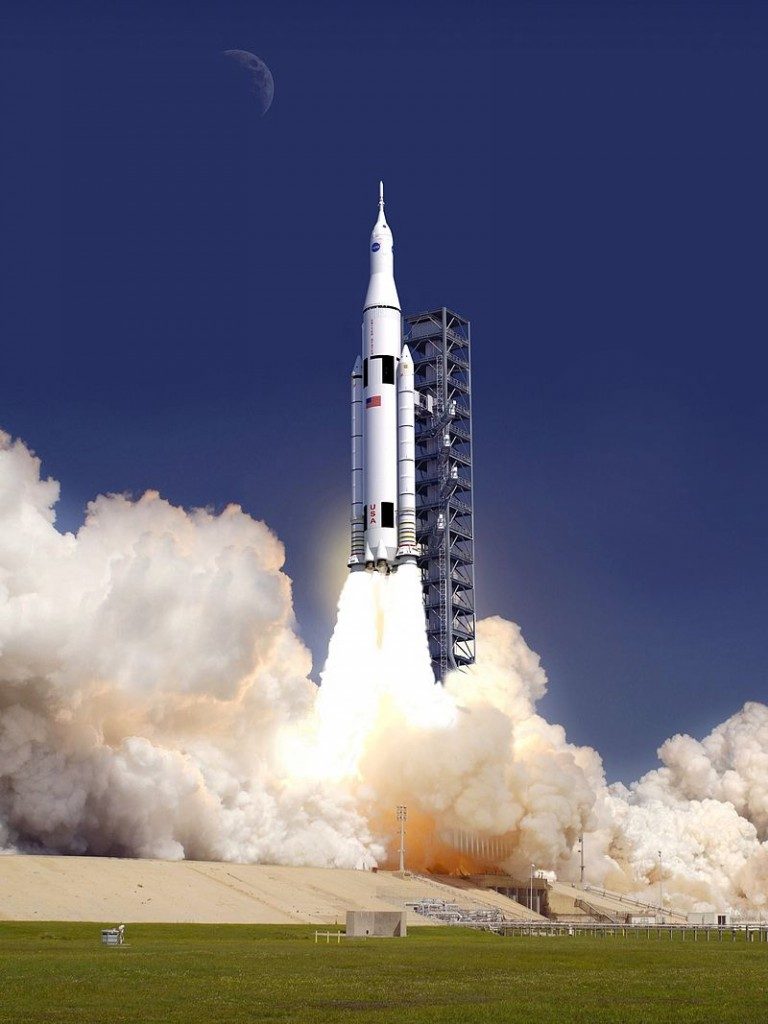NASA’s Space Launch System (SLS), the first exploration class vehicle in almost 40 years, took a huge step forward Thursday afternoon after NASA successfully test fired the RS-25 rocket engine, which is slated to be the backbone of the next generation heavy rocket. The test was conducted at the Stennis Space Center, located in Hancock County, Mississippi, near the Mississippi–Louisiana border
The powerful engine, which burns liquid hydrogen, fired for 535 seconds – the exact amount of time it will take the fully completed SLS to reach orbit. It is the sixth of seven slated tests of the massive engine.
Four RS-25s will launch astronauts into orbit aboard the agency’s Orion spacecraft on missions to an asteroid placed in lunar orbit, and eventually to Mars.
The series of tests is evaluating the performance of a new engine controller – a unit that controls engine valve settings to produce efficient combustion, and communicates with the vehicle to accept throttle settings and send sensor data.
Here’s some pictures of the earth shaking action:
Stay Connected


